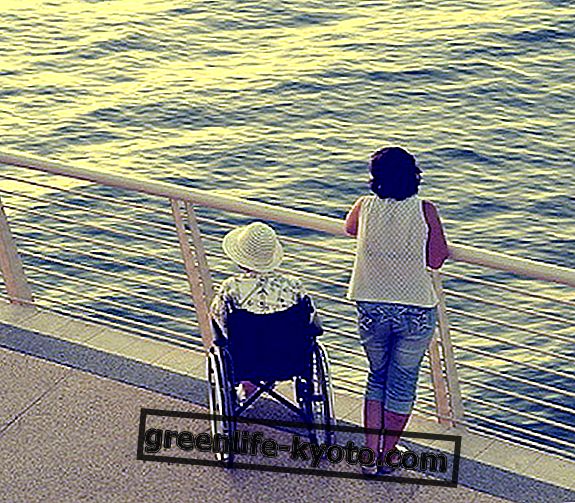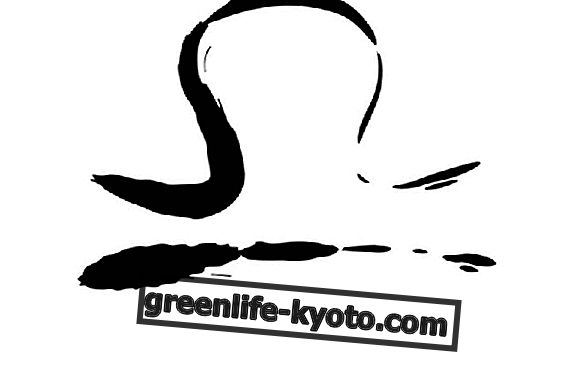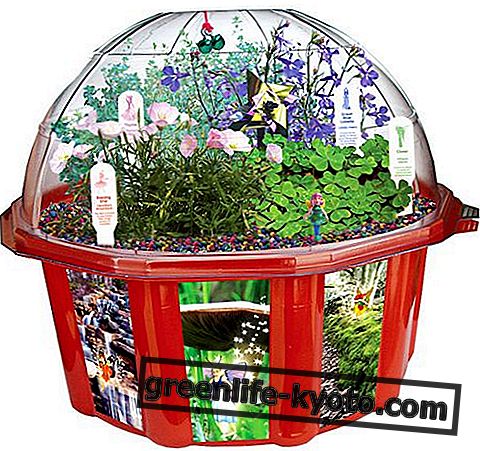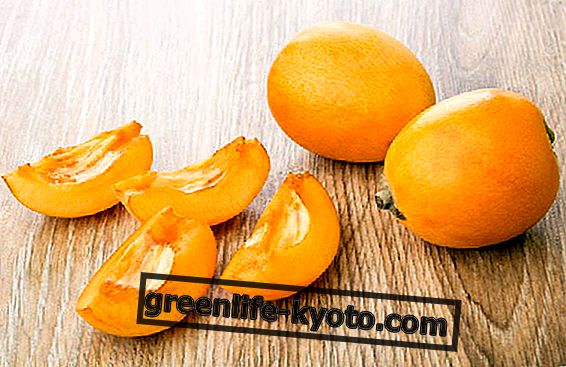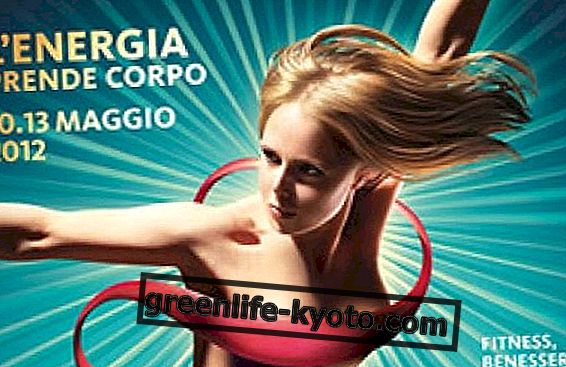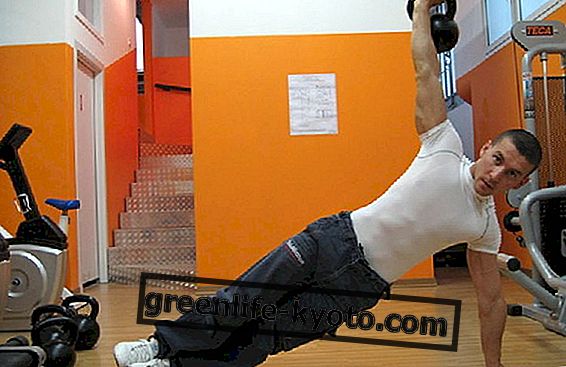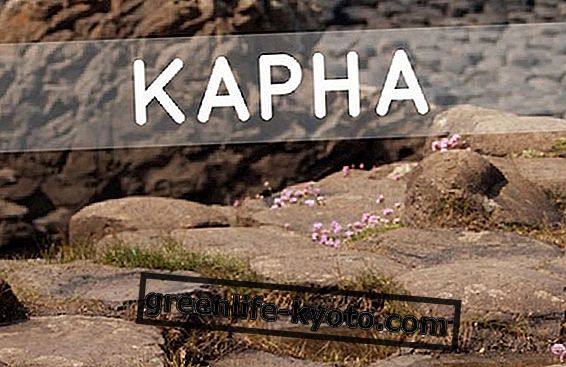
Do you think your sleep is insufficient or unsatisfactory? Do you sleep too little or badly? Well, you're in good company! In fact this condition, called insomnia, affects more or less chronically about 20% of the world population, particularly in industrialized areas.
The causes can be as biological (in women as menstrual cycle, pregnancy, menopause, in men prostate disorder) as psycho-physical (stress, depression, anxiety) and certainly related to age (those over 65 have a physiologically lighter sleep and fragmented) and to the climate (with the arrival of warm sleep disorders increase considerably).
This problem has often led to the abuse of psychiatric drugs taken on too lightly with results that are too often unsatisfactory. Acupuncture, homeopathy and phytotherapy can be extremely helpful and effective.
Acupuncture in the treatment of insomnia
Chinese Medicine attributes insomnia to a lack of adaptability of the organism to the circadian rhythm, which is composed of a diurnal part (Yang) dedicated to activity and waking and a nocturnal one (Yin) dedicated to peace and sleep .
One of the most effective combinations of acupoints for insomnia therapy is in fact the combination of the KI 6 and BL 62 acupoints, in order to rebalance and harmonize the Yin and Yang parts of the organism and, consequently, also the rhythm sleep-wake. Simplifying insomnia can be caused by:
> excess (caused by overexcitation called Heart Fire or anger and strong emotional tensions called Liver Fire),
> from emptiness, which arises from a state of stress or debilitation, presenting either difficulty in falling asleep and early awakening (Blood Vessel / Xue), or nocturnal agitation with frequent awakenings and numerous dreams (Empty of Yin of Rene and Liver).
Points common to all syndromic frames are: HT 7 and SP 6; for insomnia from excess BL 62, KI 6 and in the case of Fuoco di Cuore HT 8, CV 15, BL 15 are useful while with Liver Fire LR 2, LR 3, GV 24, GB 15; for insomnia due to deficiency they give RM 4, RM 14, BL 15 and if there is Xue CV 14, BL 15 Vacuum while with Yin Vacuum of Heart and Kidney V 23, R 3, BL 62, KI 6.
Homeopathy in the treatment of insomnia
Homeopathy is a medical approach based on the law of similarity ("the like can be cured by the like"): a substance capable of causing symptoms in a healthy subject at certain doses (called "ponderals"), can, a Once diluted, heal those same symptoms in a sick person.
What are the advantages of homeopathy? First of all, homeopathic medicines are prepared from natural raw materials of plant, animal and mineral origin; moreover, the absence of direct toxicity makes homeopathy ideal for the treatment of diseases in the pediatric age, in the elderly, in pregnancy and in allergic subjects; finally the patient, considered in his totality and individuality, according to his own context and according to the lifestyle, on a case by case basis, is treated in a personalized way so that the specific responses to restore the balance that leads to Health spring from.
Homeopathy is applicable to most diseases . The homeopathic remedies used in the treatment of insomnia are very many, and the choice depends on the causes that determine it. In anxiety insomnia we find drugs such as:
- Aconitum, (if you associate anxiety with fear of death and continuous thoughts),
- Arsenicum Album (if you are a maniac of order with guilt and agitation),
- Argentum Nitricum (with anticipation anxiety)
- Causticum (fear that something will happen),
- Coffea (if you don't sleep for excitement),
- Gelsemium Coccolus (anxiety with prostration for prolonged vigils),
- Mercurius Solubilis (if you are hurried, pressed and agitated).
If you associate concerns they will be useful:
- Calcarea Carbonica, Natrum Muriaticum and Nux Vomica (if you are worried about everyday problems),
- Pulsatilla and Sepia (if you care about domestic affairs),
- Sulfur, Causticum and Coccolus (if your thoughts are directed at family and other loved ones). In fear insomnia there are drugs like Bryonia, Ignatia, Pulsatilla, Rhus Toxicodendron and Veratrum; in the scary one Aconitum, Bambusa arundinacea, Ignatia, Opium; in case of nightmares we will use Amber, Arsenicum Album, Belladonna, Carbo Animalis, Chinchona, Natrum Muriaticum, Rhus Toxicodendron, Sepia and Tellurium. In insomnia from sadness-depression effective are Ignatia and Natrum Muriaticum (particularly if this condition is caused by sad events or disappointments), Stannum (if you do not sleep for money loss), Phosphoricum Acidum and Silicea (if you are depressed with mental and physical prostration). Since there are often more causes that contribute to determining insomnia, the use of homeopathic complexes containing several remedies for various dilutions will be particularly appropriate .
Phytotherapy in insomnia
Phytotherapy is a branch of medicine that involves the use of medicinal plants and their derivatives for preventive and curative purposes and which includes industrial medicines or galenic preparations (ie prepared in pharmacies). From a legislative point of view, plant products can be classified as:
- medicines,
- food supplements,
- food,
- cosmetics.
To exploit phytotherapy correctly, it is undoubtedly necessary to identify the most suitable plant or plants to combat the pathological state that has affected the patient; however, even when the choice is correct, it does not ensure the effectiveness of the treatment if it does not use a phytopreparate whose active principles reach the action points (receptors) for the whole period necessary to achieve the desired effect (bioavailability) )
For example, an active ingredient that is absorbed through the stomach and intestines must, among other things, cross the liver before reaching the systemic circulation; if the active principle is metabolized in the liver or is excreted in the bile, a part of it will be inactivated before it can reach the general circulation and be distributed to its action points.
If the metabolic capacity, or excretory, of the liver for the compound in question is large, the bioavailability will suffer a considerable decrease (the so-called first pass effect).
A solution can be the sublingual administration with absorption through the oral mucosa because the venous blood, which flows back from the oral cavity, opens into the superior vena cava and, therefore, the active principles are protected by the rapid first-pass metabolism, by the liver. The active ingredient after being absorbed enters the bloodstream and follows the normal pathways, common to all metabolites: it is distributed in all tissues, is usually transformed, especially in the liver and, finally, is eliminated through the physiological excretory (kidney, intestine, lungs, skin). The opportunity offered by the plant world in the treatment of insomnia is extremely broad:
- Hawthorn : capable of inducing sleep in people suffering from anxiety and consequent feelings of oppression in the heart and tachycardia.
- Escolzia : rebalances sleep in people who wake up at intervals, being useful in anxious states, in nervous excitability, taking advantage of the beneficial action on sleep, without anguished awakenings.
- Valerian : has a hypnotic action, effective in inducing sleep and improving its quality, due to the increased production of the neurotransmitter GABA, and therefore a neurosedative action. - Melissa : used as a tranquilizer, sedative, in states of hyperemotivity, palpitations, female insomnia.
- Passiflora : sedative, relaxing in anxiety, in sleep disorders with nocturnal awakenings and difficulty falling asleep, induces natural sleep without drowsiness at the time of awakening. - Linden : particularly useful in states of agitation, in mental fatigue due to fixed and recurrent thoughts, in phobias, as a slight hypnotic, in hypochondria.
These plants can be mixed, depending on the type of insomnia and the psychological condition of each of you, going to optimize the response. But did you know that even mushrooms can have a great health aid? Well yes: from the MYCOLOGY (science that deals with the research of the characteristics of mushrooms, to classify them and to study their consumption to prevent intoxications and poisonings) was born the MICOTHERAPY, or a science that deals with the use of mushrooms and their extracts for the maintenance of health both as a prevention and as a supportive treatment of diseases .
In reality, the use of fungi for therapeutic purposes dates back to prehistoric times, to then become a habitual remedy already over 2000 years ago in Traditional Chinese Medicine.
Numerous scientific studies have now demonstrated the efficacy of the biologically active substances contained in the fungi that can be used both whole, both as extracts, and using exclusively the mycelium (ie the vegetative body formed by numerous intertwined filaments called hyphae) or the fruiting body.
And the action of the fungi, except for rare cases, does not hinder drugs, since by binding to specific receptors on the cell membrane they do not directly interfere with the enzymatic functions at the biochemical level.
This means that micotherapy can be considered an important adjuvant of health and a useful support for psycho-physical well-being. In the disorders of the psychological sphere that can be the basis of insomnia we can consider the use of the following fungi: - Cordyceps sinensis : very rare (therefore very "precious"), it grows between 3000 and 5000 meters of Tibet, it is said "plant in summer, winter insect ”. It gives great energy by supporting psycho-physical abilities, improves fertility and sexual functions through a neuroendocrine balance, protects the cardio-vascular system and supports the liver. It has a strong anti-aging action and is useful for elderly patients to counteract aging, during chronic drug intake, in degenerative diseases and in depressive states .
- Hericium erinaceus : extremely effective in all inflammatory and infectious diseases affecting the digestive system (gastritis, gastroesophageal reflux, Barret's esophagitis, Chron's disease, ulcerative colitis, etc.) and in neurodegenerative diseases (as it induces the synthesis of Nerve Grown Factor that promotes neuritogenesis and neuronal regeneration).
- Reishi : "mushroom of intelligence" widely used for centuries in the Far East. Improves the balance of the autonomic nervous system by improving situations of irritability, spasmophilia and stress management, supporting cognitive and physical abilities and performing neuroprotection; being a cardiac tonic it is useful in cardiovascular diseases, from arrhythmias to arterial hypertension ; performs immune modulation, anti-inflammatory and antiallergic activity, excellent as support during chemotherapy and radiotherapy. Clearly it is always better to use these remedies by contacting doctors who are experts in complementary medicines in order to choose the right therapeutic method to use.
A new technique: transcranial magnetic stimulation
But in addition to these millennial cures, there is this method which has been solving difficult problems for some years now. What is it? It is a relatively new technique in the panorama of neuropsychological methods that allows to stimulate or inhibit the cerebral cortex in a non-invasive way.
Transcranial magnetic stimulation (TMS) consists substantially in the generation of a magnetic field that induces electrical activity in the brain, causing the depolarization of nerve cells, that is, excites them, producing the stimulation or interruption of brain activity for a few milliseconds.
Ultimately, TMS causes temporary and local interference with normal brain activity and therefore, with the processing processes that are performed by the brain activity affected by the interference. TMS, whose use in the neurological and psychiatric field has been growing over the last decade, is the least invasive among the Brain Stimulation techniques used in the treatment of some psychiatric disorders ( Deep Brain Stimulation, Vagus Nerve Stimulation, Electroconvulsive Therapy), since it does not require any surgical intervention or anesthetic procedures for its use.
The non-invasiveness of TMS associated with the good tolerability of the treatment facilitated the spread of this method in the treatment of Major Depression and other neuropsychiatric conditions often resistant to drug treatment. So what are the diseases that can be treated with this method? They are numerous: they go, as mentioned, from depression to Parkinson's, from schizophrenia to anxiety, from post-stroke aphasia to addictions to smoking and drugs . Is it a treatment that works? An increasing number of scientific papers describe the effectiveness of this method, so that, for many patients, treatment with rTMS (repetitive transcranial magnetic stimulation) is more effective than the use of antidepressant drugs, becoming a winning solution in particular ( but not only) on drug-resistant depression, as demonstrated by over 40 independent clinical studies involving over 2, 000 patients. How is the treatment carried out? Depending on the disease, an appropriate number of sessions of about half an hour is performed in which one is quietly sitting or lying down, one hears a clicking noise and a slight tapping sensation for a few seconds, so harmless that many patients are able to read a magazine during transcranial magnetic stimulation. So it's absolutely painless and then you can safely return to your daily activities. How long is the effect of rTMS in treating depression? Many patients need only one complete cycle of stimulations (3-6 weeks of 4-5 weekly sessions), with possible maintenance (2-3 sessions) every 4-6 months or once a year according to the symptomatological course.
Summarizing the rTMS:
- It has a high effectiveness
- It has a long lasting effect
- It does not have the side effects typical of psychotropic drugs
- It can also be performed in combination with drug therapies
- It is an outpatient treatment.
Conclusions Insomnia, a condition that unfortunately affects so many people, should not be considered as a sad destiny without any solution, nor treated with carelessness with drugs that influence the mental sphere. As we have described in this article, there are several effective options that can individually or in an integrated way help the patient to overcome their difficult moments.
